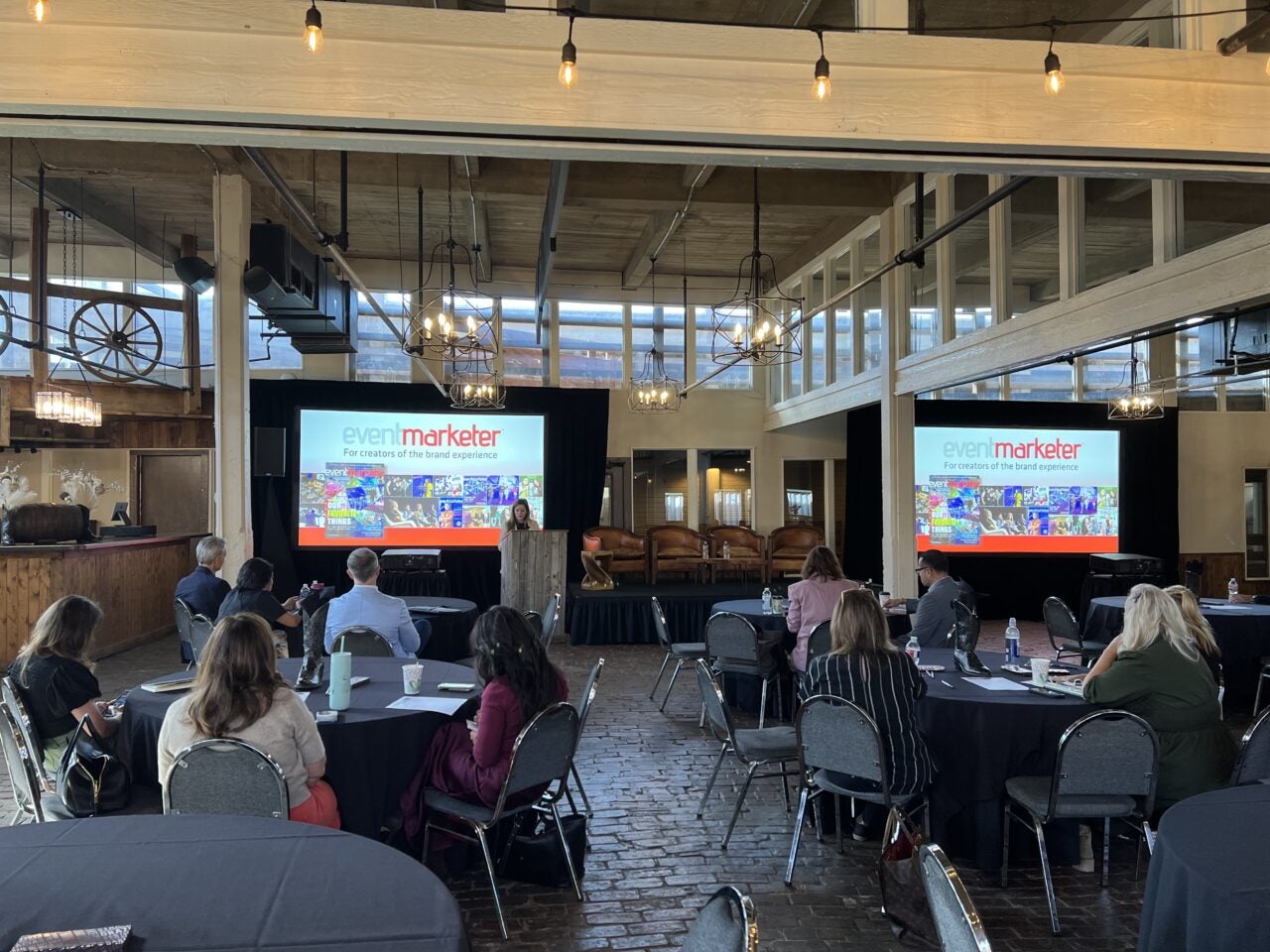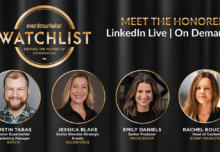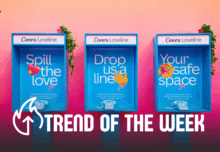 Here’s a not-so trade secret: Experiential marketing isn’t just a trend. And it isn’t just a conference track, either.
Here’s a not-so trade secret: Experiential marketing isn’t just a trend. And it isn’t just a conference track, either.
It’s a business-driving discipline built on the power of face-to-face engagement that, for decades, has steadily expanded and evolved; brought a whole new generation of brands, believers and experience seekers into the fold; and is central to the most impactful marketing campaigns today.
And amid so much interest in this space, your space, event peeps, we decided it was the right time to celebrate you and this business by declaring October: Experiential Marketing Month. As 2026 planning across the industry kicked into high gear, we launched a calendar of experiences spanning in-person seminars and gatherings, online conversations, and more designed to offer hundreds of ways to level up live events next year.
What we discovered was a mix of perspectives and ideas that confirmed some traditional thinking and challenged it, too. From Los Angeles to New York City to Chicago to Dallas-Fort Worth and beyond, the world’s biggest brands, and a cast of event professionals, helped us dial in on the key ingredients needed to help experience builders measure and formulate strategies stronger.
Here’s a taste of what we learned.
Conversation is currency.
 As Jon Wolff, senior global events manager at Lenovo, put it: “Influencers are out. Communities are in. Audience trust. Real voices over celebrity reach. It’s how are we creating those pockets of communities where the customer is, not waiting for them to come to us.”
As Jon Wolff, senior global events manager at Lenovo, put it: “Influencers are out. Communities are in. Audience trust. Real voices over celebrity reach. It’s how are we creating those pockets of communities where the customer is, not waiting for them to come to us.”
Tapping into hearts and minds.
With industry data pointing to higher investments in events and more programs slated for next year, marketers say it’s more important than ever to dig deep for meaningful data through social listening, niche influence, and making space (and a case) for soft metrics that matter.
Storytelling is good business.
Gone are the days of product-speak and specs. “You have to break through that noise, and that requires more than just a product feature. It demands a narrative that resonates. When attendees feel seen and understood and inspired, they’re far more likely to engage and remember your brand and take meaningful steps,” said Aleka Garcia, senior manager-commercial strategy event experience at Johnson & Johnson Vision.
 It’s the year of the A-Team.
It’s the year of the A-Team.
Event profs are ready to lead at the table through preliminary SWOT analysis to optimize event campaigns and engage channel reps across the organization. One example: As consumer marketers chase first-party data, aligning and co-locating with the b-to-b side of the organization could create opportunities for data optimization.
The AI hype is real—but is not reality.
Event marketers are embracing the inevitable impact of AI. But they’re making one thing clear—humans come first. “The humanity and that human heartbeat at the center of every creative activation is going to be more important than ever as AI becomes more prevalent in our day-to-day, as it integrates itself into every single moment of our waking workday,” said Jimmy Knowles, global head of experiential at Canva. “People are going to be craving that humanity, that connection. And there’s no tool better placed in the marketing mix than experiential to do that and to contribute to a brand’s 360.”






